Last updated on August 30th, 2025 at 01:22 pm
Paella, the quintessentially Spanish dish known for its savory flavors and communal appeal, traditionally relies on specific varieties of Spanish rice. However, the unique characteristics of basmati rice—its fragrant aroma and fluffy texture—can bring an exciting twist to this classic recipe. Here’s how you can revolutionize your paella using basmati rice, creating a fusion dish that maintains the soul of Spanish cuisine while introducing basmati’s delicate scents and flavors.
- Discovering Spain's Star Dish: Why Paella Reigns Supreme
- Choosing the Right Type of Basmati Rice for Your Dish
- Source & Credits:
Discovering Spain’s Star Dish: Why Paella Reigns Supreme
Spanish cuisine is celebrated worldwide for its vibrant flavors and communal dining traditions. Paella, Spain’s most iconic rice dish, is at the heart of this culinary culture. Famed for its versatility and deeply ingrained in Spanish heritage, paella is more than just a meal; it synthesizes two significant cultures and a story of regional diversity.
Origins and Evolution
The roots of paella reach back to the fields of Valencia in Eastern Spain. Originally a peasant’s meal, it was cooked over an open fire in the fields and eaten directly from the pan using wooden spoons. The traditional ingredients of this rustic meal included white rice, green beans, meat (rabbit, chicken, sometimes duck), and, later, snails, blended with saffron and other seasonings.
Over the centuries, as paella traveled from the fields to the aristocracy’s tables, seafood started to embellish the dish, especially along the coastal regions, leading to the creation of the widely acclaimed seafood paella.
Why Paella Reigns Supreme
1. Culinary Flexibility: Paella has garnered such adoration for its incredible flexibility. Whether the meat-laden “Paella Valenciana,” the seafood-rich “Paella de Marisco,” or mixed varieties combining both elements, the dish can suit any taste preference. Vegetarian versions, which are gaining popularity, emphasize the natural flavors of garden vegetables and legumes, making the dish accessible to a broader audience.
2. Sociocultural Significance: Traditionally, paella preparation is a festive affair to bring people together. It is often prepared for family gatherings, festivals, and Sunday meals, making it a social dish that encourages sharing and fellowship. This aspect of communal dining epitomizes the Spanish value of family and community.
3. Complex Flavors and Textures: The success of a good paella lies in the “socarrat” — the crispy, caramelized crust of rice that forms on the bottom of the pan, which is highly prized among paella lovers. Achieving the perfect socarrat (The socarrat in paella is one of the most essential keys for fabulous flavor. The socarrat is the crusty, crispy bottom of the paella that becomes caramelized and toasted on the bottom of the pan when it is cooking.) requires skill and practice, making the dish not just food but a culinary art. Moreover, the saffron-infused rice offers a delightful fragrance that is quintessentially Spanish, rich, and inviting.
A Culinary Icon
Paella’s supremacy in Spanish cuisine can also be attributed to its international appeal. As Spanish restaurants increased globally, so did the fame of paella, often serving as an introduction to Spanish food for many diners. The dish’s vivid colors and aromatic presence make it a feast for the palate and the eyes, providing a complete sensory experience.
Paella is much more than Spain’s national dish; it is a culinary emblem of Spanish culture, embodying its rich history, regional diversities, and communal ethos. Whether enjoying it in a bustling Spanish plaza or cooking it in your home, paella offers a taste of Spanish life — one sumptuous spoonful at a time.
Why Basmati?
Basmati rice, often associated with Indian and Pakistani cuisines, is celebrated for its distinctive nutty flavor and aroma. When cooked, it expands in length and remains non-sticky, which makes it an excellent candidate for paella that needs to showcase individual grains coated with rich, flavorful spices and ingredients. Choosing basmati rice for your paella can add an extra layer of texture and fragrance that enhances the overall sensory experience of the dish.
Exploring Rice in Spain: From Iconic Paella to Modern Culinary Marvels
Apart from paella, there are other popular rice dishes in Spain such as arroz negro (black rice) made with squid ink, arroz a banda (rice cooked in fish broth), and arroz con leche (rice pudding). These dishes highlight the versatility of rice in Spanish cuisine.
The cultivation of rice in Spain is primarily concentrated in the regions of Valencia, Andalusia, and Catalonia, where the climate and geography are suitable for its growth. The cultivation techniques and varieties of rice used in Spain have been perfected over the centuries, resulting in high-quality rice that is favored by chefs and food enthusiasts.
In summary, rice holds a significant place in Spanish cuisine, with various regional dishes showcasing its versatility and cultural importance. From the iconic paella to other flavorful rice preparations, rice in Spain is an essential ingredient that adds depth and richness to many traditional dishes.
The prevalence of rice-based dishes in Spain can be attributed to a combination of historical, geographical, and cultural factors.
Historical Influence: Spain has a rich history of cultural exchange and trade with various regions around the world, including Asia and the Middle East. Rice was introduced to Spain by the Moors during their rule in the Iberian Peninsula. The Moors brought rice cultivation techniques from North Africa and the Middle East, which laid the foundation for rice-based dishes in Spain.
Geographical Diversity: Spain’s geographical diversity plays a significant role in the availability of ingredients for its cuisine. The country has a variety of climates, from coastal regions to inland areas. Coastal regions provide an abundance of seafood, which pairs well with rice in dishes like paella. Inland areas cultivate rice in fertile regions like Valencia, contributing to the availability of the ingredient.
Culinary Adaptation: Over centuries, Spanish cooks and chefs have creatively adapted rice to their culinary traditions. This has led to the development of a wide range of rice-based dishes that reflect regional ingredients, flavors, and cooking techniques. Different regions in Spain have their own versions of rice dishes, resulting in a diverse culinary landscape.
Cultural Significance: Rice-based dishes have become an integral part of Spanish culture and social gatherings. Iconic dishes like paella are often prepared and enjoyed during family gatherings, celebrations, and festivals. The communal aspect of sharing a large paella pan or rice dish reflects the importance of food in bringing people together.
Tourism and Export: The popularity of Spanish cuisine, including rice dishes, has contributed to their presence in international culinary scenes. Dishes like paella have become synonymous with Spanish cuisine and are often showcased in restaurants and events around the world. This has further encouraged the continuation and innovation of rice-based dishes.
Versatility and Adaptability: Rice is a versatile ingredient that can be combined with various proteins, vegetables, and seasonings. Its adaptability allows for the creation of dishes ranging from hearty stews to delicate risottos, satisfying a variety of tastes and preferences.
Choosing the Right Type of Basmati Rice for Your Dish
In summary, rice-based dishes are present in Spain due to historical influences, geographical diversity, cultural significance, culinary adaptation, and the ingredient’s versatility. This combination of factors has led to a vibrant culinary tradition that showcases the creativity and innovation of Spanish cooks and chefs.
From Paella to Arroz: Regional Variations of Rice in Spain
| Dish Name | Description | Calories (per 150g) | Secret Component |
|---|---|---|---|
Paella Valenciana |
A classic Spanish rice dish with saffron, chicken, rabbit, and vegetables. | 285 kcal | Smoked paprika |
Arroz Negro |
Black rice cooked with squid ink and seafood, rich and flavorful. | 250 kcal | Squid ink |
Arroz con Pollo |
Rice cooked with chicken, saffron, and various vegetables and spices. | 275 kcal | Sweet bell pepper |
Arroz a la Cubana |
Rice served with tomato sauce, fried egg, and plantains. | 320 kcal | Ripe plantain |
Arroz Caldoso |
A hearty, soupy rice dish with meats, seafood, and vegetables. | 295 kcal | Rich homemade broth |
Arroz con Costillas |
Rice cooked with pork ribs, saffron, and beans. | 310 kcal | Smoked pork ribs |
Seafood Rice / Arroz a Banda |
Rice cooked separately from fish stock and typically served with seafood. | 265 kcal | Alioli sauce |
Arroz con Bogavante |
Rice cooked with lobster in a rich, flavorful broth. | 330 kcal | Lobster shells broth |
Arroz con Conejo |
Rice cooked with rabbit, saffron, and vegetables. | 280 kcal | Rosemary |
Colombian-Style Seafood Rice /Arroz Marinero |
A seafood rice dish with a mix of shellfish and fish. | 300 kcal | White wine splash |
Modern Interpretations: Paella Basmati Rice: Where Tradition Meets Quality.
In the vibrant realm of Spanish cuisine, the evolution of rice dishes has been marked by innovative interpretations that breathe new life into traditional recipes. As culinary creativity continues to flourish, contemporary chefs in Spain are reimagining rice as a canvas for diverse flavors, textures, and cultural influences.
These modern interpretations pay homage to time-honored techniques and push the boundaries of culinary innovation, offering a delightful fusion of tradition and avant-garde experimentation.
In the ever-evolving landscape of Spanish gastronomy, innovative chefs have been weaving new tales with rice, showcasing the fusion of tradition and contemporary flair. Here are a few captivating examples of how rice dishes have undergone modern transformations while paying homage to their Spanish roots:
Saffron-Infused Seafood Fusion Paella: A delightful twist on the classic paella, this dish combines saffron-infused rice with an array of freshly sourced seafood, creating a harmonious medley of flavors that transports diners to coastal Spain.
Molecular Arroz Negro with Squid Ink Emulsion: Pushing the boundaries of culinary creativity, modern Spanish chefs are experimenting with molecular gastronomy techniques. Arroz Negro, traditionally known for its rich squid ink flavor, is now presented as a visually striking dish accompanied by delicate squid ink emulsion spheres.
Deconstructed Rice Stew with Modern Elegance: Traditional rice stews are being deconstructed and artistically plated to provide a new dining experience. Layers of rice, slow-cooked meats, and seasonal vegetables are meticulously arranged to showcase the ingredients’ distinct flavors and textures.
Vegetarian Sushi-Style Rice Tapas: Drawing inspiration from Japanese cuisine, Spanish chefs craft rice-based tapas with a vegetarian twist. Sushi-style rolls made with seasoned rice, vibrant vegetables, and tangy sauces offer a playful fusion of cultures.
Rice Ice Cream with Innovative Flavors: Dessert takes on a new meaning as rice becomes the star ingredient in innovative ice cream creations. Think creamy rice pudding ice cream topped with caramelized rice crisps, an unexpected treat for the palate.
Rice-Inspired Tapenade Stuffed Peppers: Traditional stuffed peppers take a gourmet turn with rice-inspired tapenades. Chefs blend rice with Mediterranean ingredients like olives, capers, and sun-dried tomatoes, infusing each bite with flavors.
These modern interpretations of Spanish rice dishes exemplify the culinary ingenuity that continues to shape the country’s gastronomic landscape. By embracing tradition and innovation, Spanish chefs showcase rice’s endless possibilities as a canvas for creativity.
Spanish vs. Indian Basmati Rice: Key Differences
| Type | Origin | Grain Length | Texture | Aroma | Common Uses |
|---|---|---|---|---|---|
| Indian Basmati Rice | Northern India (Punjab, Haryana, Uttar Pradesh) | Long, slender grains | Light, fluffy, separate grains after cooking | Distinct, nutty fragrance | Biryanis, pilafs, curries, festive dishes |
| Spanish Basmati Rice | Spain (mostly imported, sometimes adapted locally) | Long grains, sometimes slightly shorter than Indian varieties | Less fluffy, slightly stickier texture | Milder aroma compared to Indian basmati | Fusion dishes, paella variants, side dishes |
| Pakistani Basmati Rice | Pakistan (Punjab region) | Extra-long grain (varies by brand) | Very fluffy, less sticky, firm bite | Fragrant, slightly floral | Traditional Pakistani dishes, biryani, pulao |
| Brown Basmati Rice | India and Pakistan | Long grain, unpolished | Chewy, hearty texture | Less aromatic than white varieties | Healthy meals, grain bowls, vegetarian dishes |
| Organic Basmati Rice | India, Pakistan, select exporters | Varies – long grain | Light, non-sticky | Natural, earthy aroma | Health-conscious diets, global cuisine |
Can you prepare rice pudding with basmati rice or any other type of rice?
Yes, you absolutely can make rice pudding with Basmati rice or a Spanish rice like Bomba or Calasparra. While most traditional recipes call for short-grain rice, such as Arborio or Carnaroli, due to their high starch content and creamy texture, you can achieve a similar result with these alternatives by adjusting your technique slightly.
Tips for Using Basmati or Spanish Rice
- Rinsing: Basmati is known for its fragrant, separate grains. For a creamier pudding, you’ll want some of the starch. Rinse the rice lightly, but not so much that you wash away all the starch. This is a crucial step to get the creamy consistency you want.
- Cooking Time: Since Basmati and Spanish rice varieties have different cooking times, you may need to adjust the recipe’s liquid-to-rice ratio accordingly. Keep an eye on the pudding as it cooks, and add more milk or cream if it becomes too thick too quickly. The goal is to let the rice fully absorb the liquid, becoming plump and tender.
- Stirring: Stir frequently, especially toward the end of the cooking process. This helps release starch from the grains, preventing the pudding from sticking to the bottom of the pot. It also ensures the final texture is smooth and uniform.
- Finishing Touches: To achieve that classic creamy consistency, consider stirring in a dollop of cream, a pat of butter, or an egg yolk mixture at the very end, once the pudding is off the heat. This will make the pudding more decadent and more luxurious. You can also add cinnamon, vanilla, or citrus zest for flavor.
Using these rice varieties can create a delicious and unique rice pudding. The slightly different texture and distinct aroma of Basmati, or the sturdy, absorbent nature of a Spanish rice, can add a new dimension to this classic comfort food.
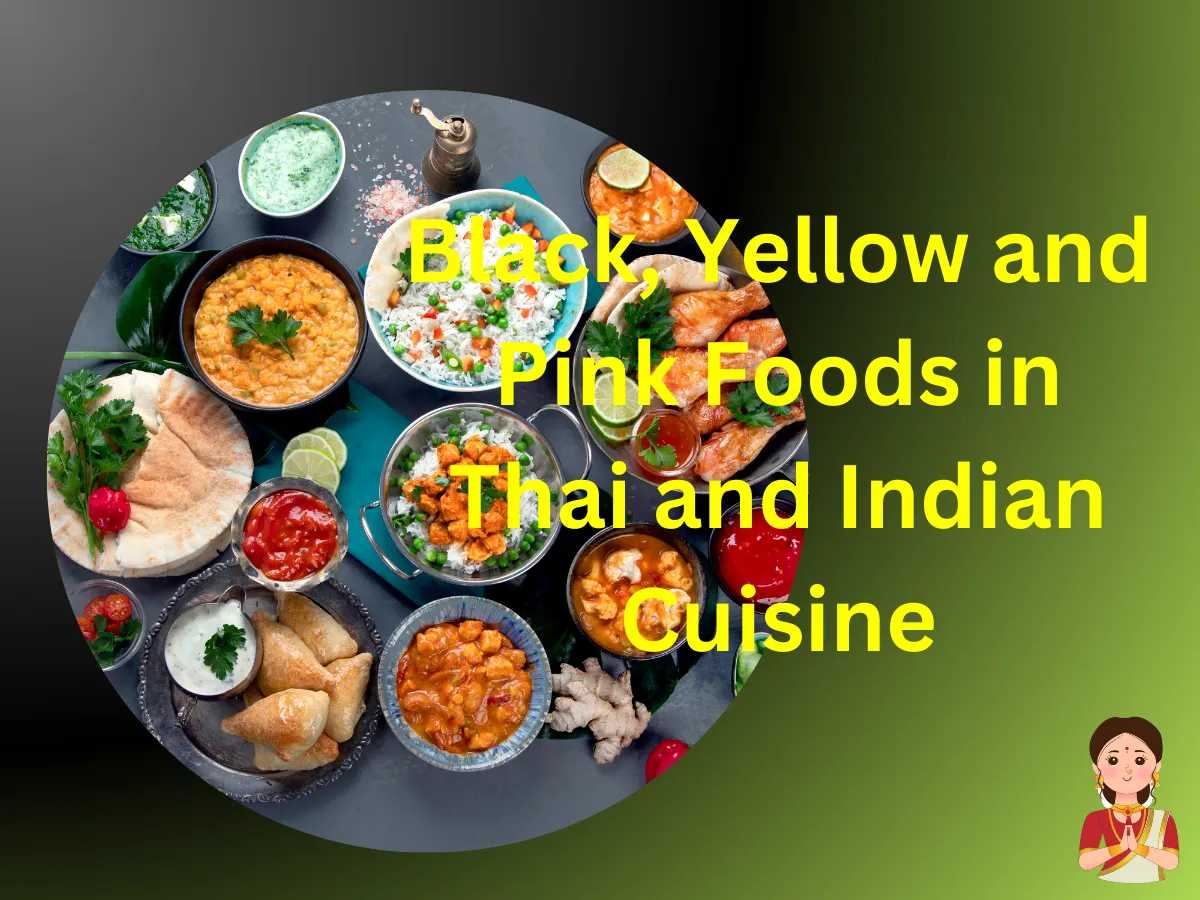
Yellow and Pink Foods: Unusual Delights for Your Taste
Must-Try Yellow and Pink Foods That'll Surprise Your Taste Buds
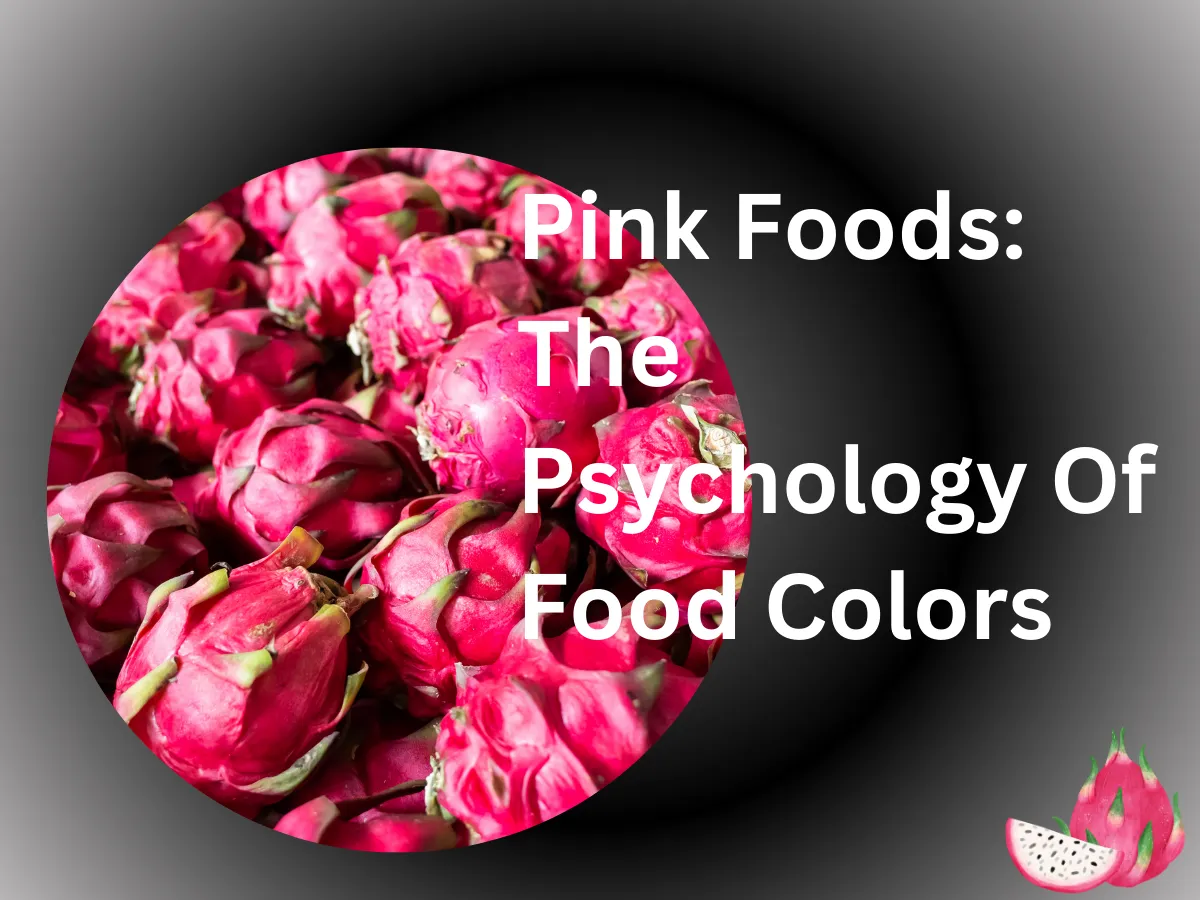
Pink Foods: Know The Psychology Of Food Colors
Discover the Mind-Blowing Psychology Behind Pink Foods - You Won't Believe !!!

5 Yellow Foods That Will Brighten Up Your Plate
Yellow Foods That Will Make Your Plate Shine Like Never Before!
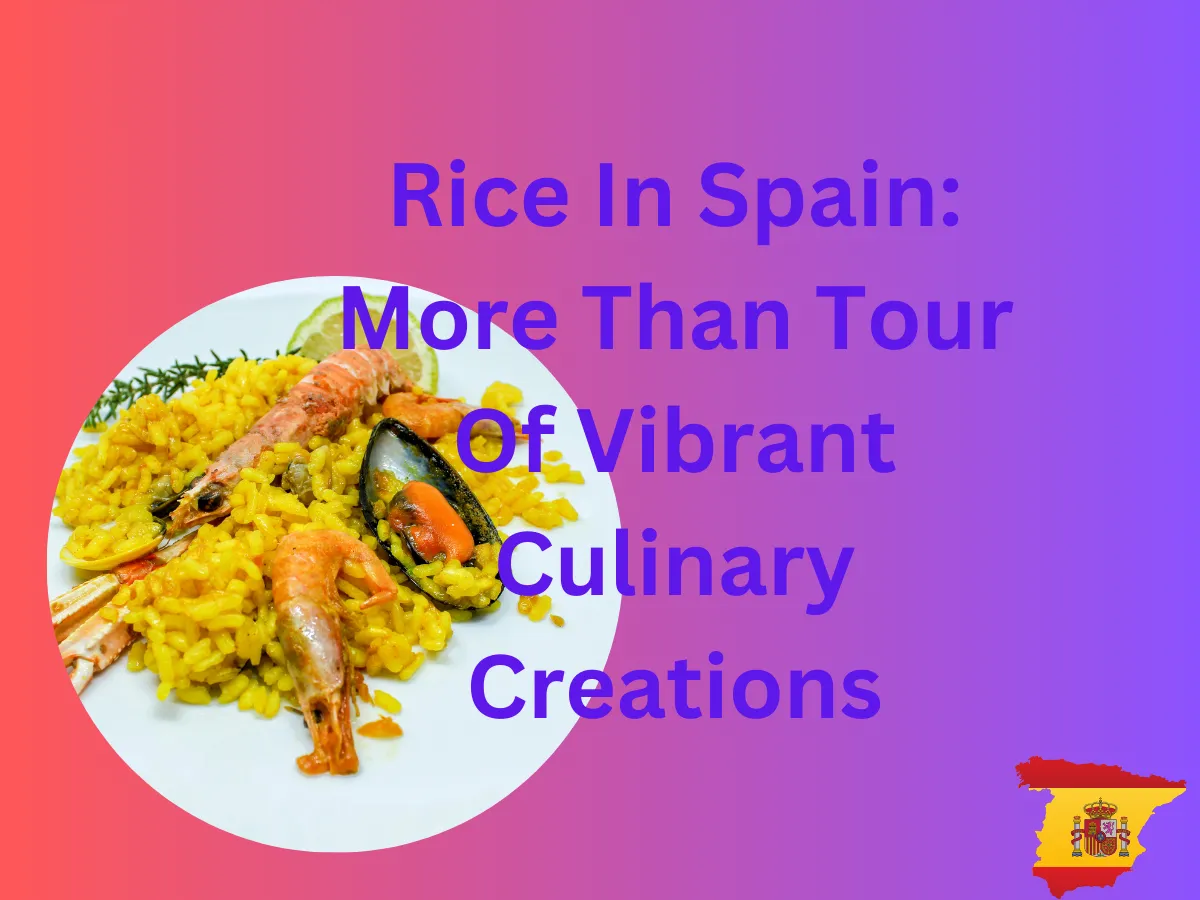
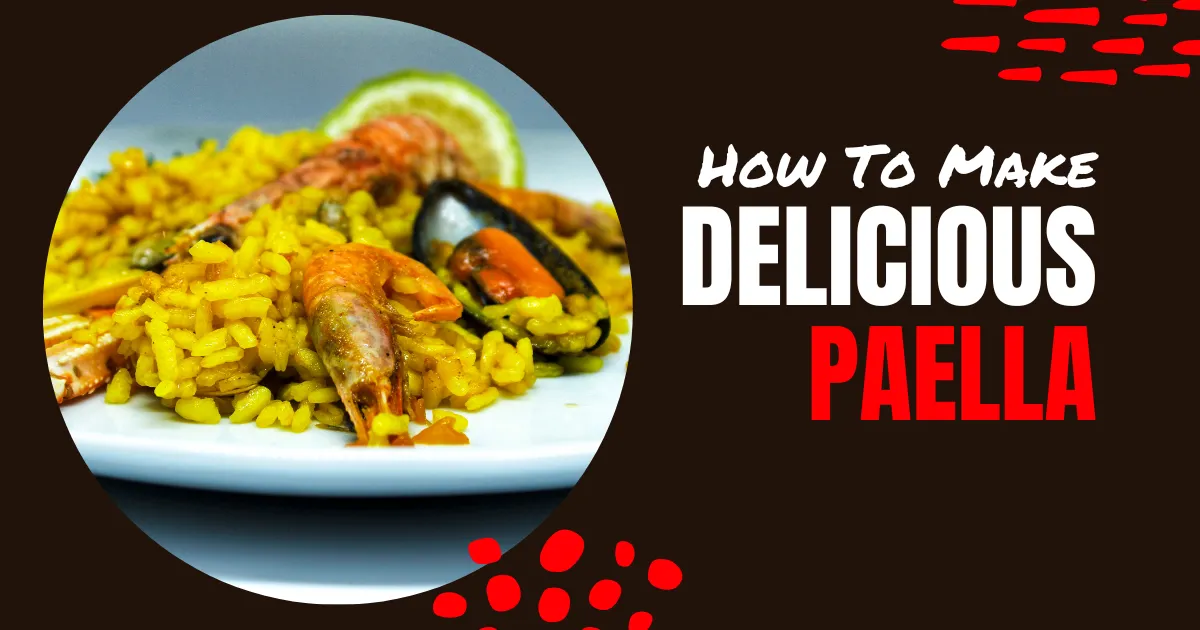
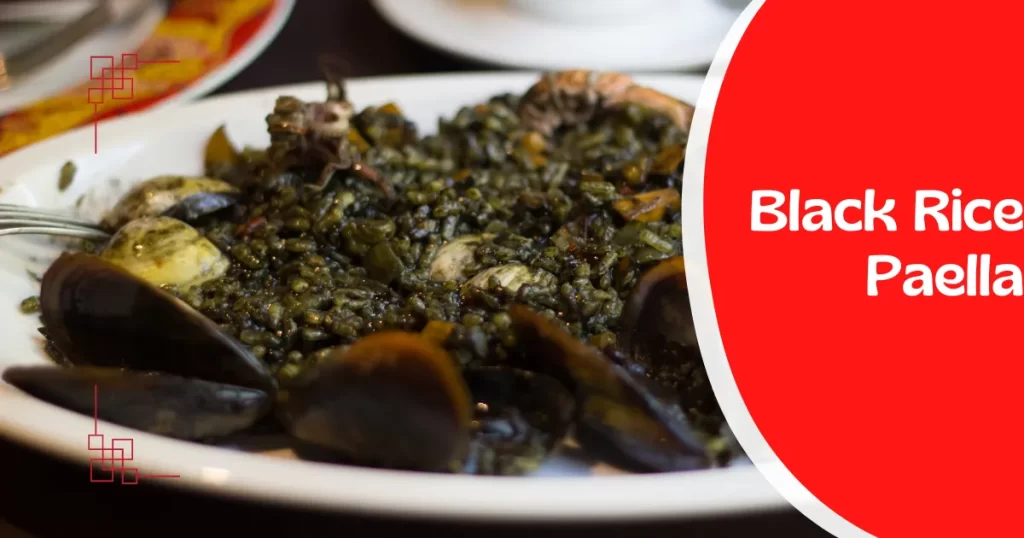




September 3, 2023 at 6:29 am[…] Rice In Spain: More Than Tour Of Vibrant Culinary Creations […]
September 7, 2023 at 4:35 am[…] Rice in Spain: A Great Culinary Journey Beyond Borders […]
September 13, 2023 at 6:05 am[…] Stir-Fried Tofu and Mixed Vegetables over brown rice […]